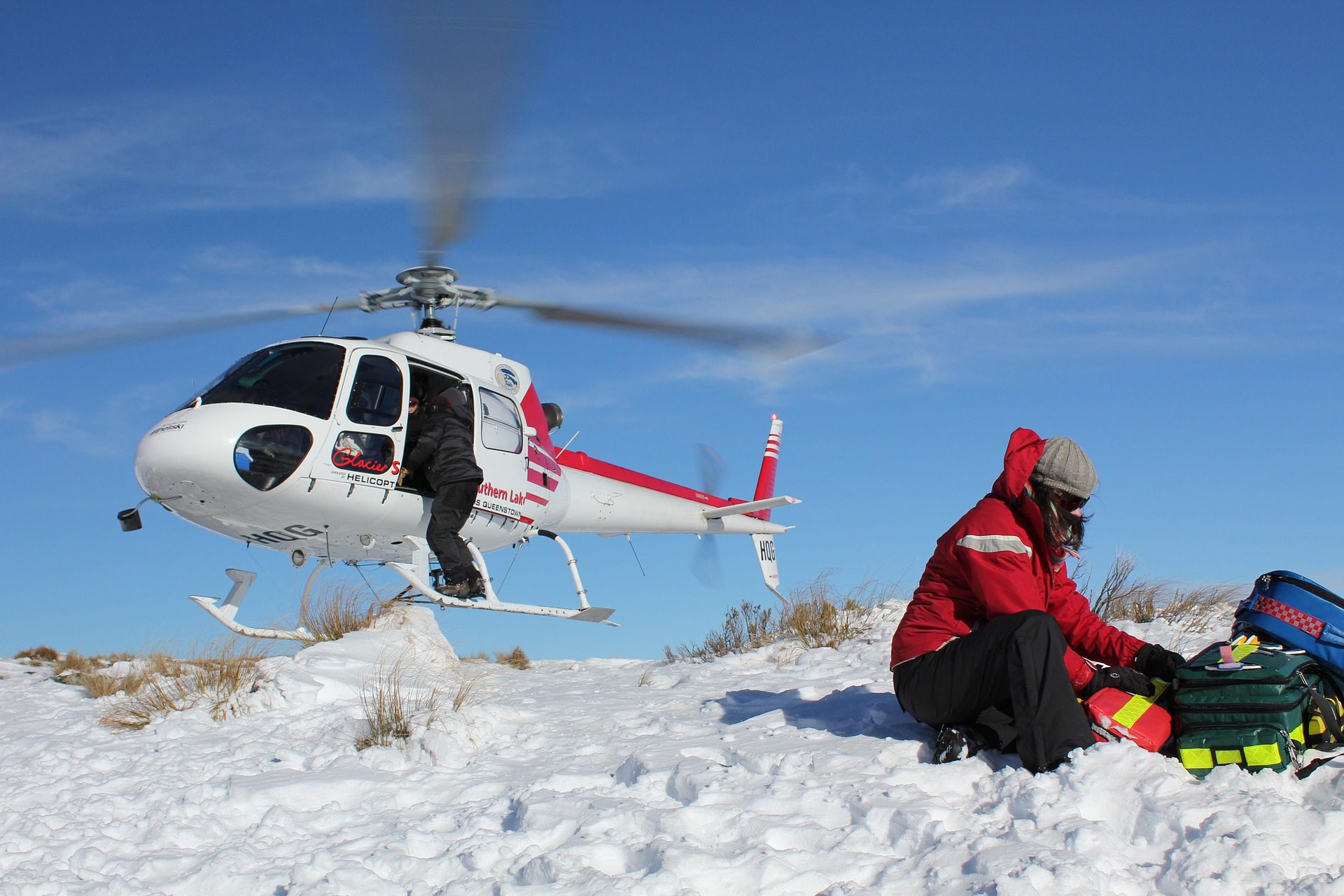When every second counts and journey to hospital takes hours, a special team takes to the skies: the air ambulance worldwide. Planes and helicopters equipped as mobile intensive care units save lives where conventional transport cannot reach. Different countries have different medical aviation systems: some are entirely state-run, while others are private or mixed. But they all have the same goal: to deliver help as quickly and safely as attainable.
Air ambulance companies require precise coordination, expensive equipment and highly qualified specialists. Pilots, doctors and dispatchers work as a single unit to overcome distance, weather and time. Let’s take a look at how this system works in different parts of the world, from densely populated European cities to remote areas of Australia and Canada.
What medical care does aeromedical evacuation provide?
You may think that an air ambulance is similar to the familiar ground ambulances. Just like a ground ambulance, the aircraft is accoutred with all essential amenities needed to sustain human life.
Air ambulance international and rescue aircraft offer various levels of medical care. These aircraft can furnish any kind of backing, from resuscitation to transporting elderly people who are unable to travel on regular flights but need to be taken to a new place of residence.
Common reasons for calling aeromedical evacuation
In most cases, reach air ambulance services are used when a person needs to be hospitalized after an accident, in the event of a serious illness, or when they are far from home.Such aircraft may also be needed if a person needs to be transported home after major surgery, if it`s performed in remote hospitals.
There are situations when a person’s immune system is weakened after a serious illness, and then a medical plane comes to the rescue for safety reasons.
The process of aeromedical evacuation
First, you submit a request for service. This is done by calling the emergency line, after which a request is sent to a special team that determines the patient’s needs and assesses the situation as a whole. At this stage, contact is established with the clinical care team in the country where you are located in order to arrange the most appropriate assistance upon arrival.
Next, the medical staff conducts an assessment. The medical team must carefully evaluate the person’s health and determine whether air transport is possible. At this stage, issues relating to medical devices on board are resolved and appropriate health professionals are selected to accompany the client. The patient’s general condition and safety during the trip depend on this.
The final stage is transporting the patient and admitting them to a medical facility. Once the patient has been prepared, they are transported to an appropriately equipped aircraft. A team of medics is present at the scene to assist the patient throughout the journey. Upon arrival, the patient is met by a team called from the hospital for further treatment.
What is the role of international aero-medical evacuation services?
Undoubtedly,aero-medical evacuation services are the most important because they help save human lives. But people still wonder whether these services are really that important. It’s important to understand that such a service isn`t only a means of patient transport for the client, but also a comprehensive system that helps to furnish excellent primary care in the most difficult conditions and inaccessible places. There are basic advantages to aeromedical evacuation:
Speed and efficiency. Speed is the main advantage, as it allows medical personnel to reach victims as quickly as possible, especially in urgent cases when people require immediate intervention. Effectiveness is also a significant advantage, as these aircraft help to maintain the patient’s condition in the best possible way during the flight.
Specialized assistance in the course of the flight. Medical planes usually carry a team of qualified medical personnel who are able to furnish the best reasonable care. The aircraft is always equipped with modern instruments and equipment for treating people with any type of illness. The crew provides continuous assistance throughout the flight.
Accessibility. This refers to the fact that air ambulances can reach any point in apart territory that is inaccessible to access by other means. This method is ideal for accidents in the mountains or emergencies in the desert or even on remote islands.
FAQ
Which countries have medical flights services?
Medical flights services operate across several countries worldwide. For example, Luxembourg has an air medical evacuation service that operates both within the country and beyond its borders. In the United Kingdom, there are numerous regional HEMS firms and medical flights crews. In Pakistan, air medical evacuation is used for unreachable areas. Therefore, it can be said that medical flights services are widespread and operate both in developed countries and in countries with more complex infrastructure.
Which country has the largest ambulance service?
One of the largest in terms of numbers is the service in Russia. The Ministry of Health reports that approximately 160,000 employees work in the urgent medical care system, including about 13,000 doctors.
It’s also mentioned that Pakistan holds the Guinness World Record for the largest volunteer ambulance network organization. If we are talking strictly about the “largest service,” there is no accurate comparative rating.
Which country has the best emergency medical service?
It’s difficult to definitively determine the best system, as criteria may include arrival time, crew qualifications, and coverage areas. However, there are indications that the systems in Europe and Australia are considered examples of high standards.
How far can air ambulances fly?
The flight range depends on the type of aircraft and conditions. The documentation on aero medical evacuation states that light aircraft can cover approximately 3,200 km. For helicopters, the range is usually much shorter. It is worth noting that, depending on aircraft, aero medical services can cover distances ranging from hundreds to several thousand kilometres.











